
Children of the Living Stone
A New Playable Race for Dungeons & Dragons
Origins from the Elemental Plane of Earth
Among the endless caverns and crystal halls of the Elemental Plane of Earth, there are beings born not of parentage but of pressure, time, and will. These are the Lithari, creatures shaped from the discarded remnants of greater elementals and the conscious dreams of the plane itself.
When powerful beings of earth shed fragments of their essence or when raw magic meets mineral seams deep within the plane, the land remembers. Over centuries, that memory condenses — forming a spark of thought, a pulse of rhythm within the rock. When that rhythm finds a voice, a Lithari is born.
Each Lithari begins as a lump of rough, unshaped stone — an inert husk that awakens as it takes its first steps upon solid ground. Their forms are humanoid but fluid, their features shifting with the minerals and crystals they absorb or grow from.
Physiology and Appearance
Lithari are made of living stone. Their bodies are dense but flexible, held together by veins of raw magic that hum softly when they move. A Lithari’s color and texture depend on the mineral composition they’ve bonded with:
-
Granite-born Lithari are broad, speckled, and tough as mountain walls.
-
Marble-hewn Lithari gleam with smooth elegance, often taking pride in symmetrical beauty.
-
Obsidian Lithari are sharp-edged and reflective, their movements fluid and deliberate.
-
Quartz and Gemstone Lithari shimmer faintly from within, glowing softly when emotional.
A Lithari can reshape their appearance over time, slowly blending new stone types into their form. This is not mere aesthetics — it’s a sacred practice called Resonation, where one attunes to new minerals to express personal growth or honor ancestral sites.
Society and Culture
Lithari live in vast subterranean communities called Harmonics — networks of carved chambers, fused seamlessly from raw stone. They don’t dig, mine, or quarry. Instead, they coax the stone into new shapes using innate geomantic resonance. Structures grow like coral, shaped by dozens of Lithari humming, touching, and guiding the rock over days or weeks.
To them, stone is alive, not just matter. Every rock remembers pressure, every vein of quartz holds a song of its making. This reverence makes them uneasy allies — and sometimes bitter rivals — with dwarves, who they see as desecrators, tearing apart sacred earth for treasure.
Still, Lithari are not joyless. Their communities hum with soft tones, literally — their buildings resonate faintly when walked upon, and each Harmonic maintains a central chord — a rhythmic vibration that unites their people spiritually and physically.
Art among Lithari takes the form of echo sculptures, stones carved not for shape but for sound. When struck or sung to, they release hauntingly beautiful chords.
Faith and Philosophy
The Lithari do not worship gods in the traditional sense. Instead, they follow The Pulse Beneath All Things, a metaphysical rhythm they believe is the heartbeat of the world. Those who learn to hear it — geomancers, shapers, and philosophers — are revered as Stone Singers.
To them, the Prime Material Plane is a place where stone dreams slowly, and their purpose is to listen — to help the land awaken to its own memory.
Relations with Other Races
-
Dwarves: Distrustful, sometimes hostile. Dwarves see Lithari as strange ascetics who waste good ore; Lithari see dwarves as defilers who murder living stone.
-
Gnomes: Curious allies. Deep gnomes, in particular, share a fascination with living rock and subtle craft.
-
Genasi: Elemental kin, though Lithari consider them “half-asleep” to the true depth of elemental harmony.
-
Humans and Elves: Often mystified by Lithari philosophy, but welcome their architectural genius.
Adventuring Lithari
Some Lithari are drawn from their Harmonics by the Pulse itself — a restless vibration they cannot ignore. These wanderers often become masons, guardians, geomancers, or druids of stone. Others travel to learn the songs of foreign lands, adding new rhythms to their people’s great harmony.
An adventuring Lithari often collects small stones or soil samples from meaningful places, using them later to reshape parts of their body or to build new echo sculptures upon returning home.
Lithari Traits
As presented for D&D 5e and compatible with 2024 updates.
Creature Type: Elemental
Size: Medium (though dense, weighing twice what a human of similar height would)
Speed: 30 ft.
Stoneborn Resilience
Your body is formed of living rock. You have resistance to nonmagical bludgeoning damage, and you can hold your breath for up to 1 hour as you do not need to breathe in the same way as organic creatures.
Mineral Attunement
During a long rest, you may alter your stone type by incorporating new minerals or stone dust. Choose one of the following attunements; you can change it each time you finish a long rest:
-
Granite Form: Your AC increases by +1 when you aren’t wearing armor or a shield.
-
Obsidian Veins: Once per turn when you deal melee damage, you can deal extra slashing damage equal to your proficiency bonus.
-
Quartz Focus: You gain advantage on one Intelligence, Wisdom, or Charisma saving throw once per short or long rest.
-
Marble Poise: You gain advantage on Charisma (Performance) and (Persuasion) checks for the next hour after a long rest.
-
Gemheart: You can shed dim light in a 10-foot radius and gain advantage on saving throws against being charmed or frightened.
Stone Shaper’s Touch
You know the Mold Earth cantrip. Starting at 3rd level, you can cast Stone Shape once per long rest. Constitution is your spellcasting ability for these spells.
Earthen Communion
When you and at least two other Lithari spend an hour in contact with stone (singing, meditating, or building), you can shape up to a 10-foot cube of stone into any form you choose — forming walls, chambers, or sculptures without tools. This process fuses the stone seamlessly; it’s not treated as worked stone for spell purposes.
Languages
You can speak, read, and write Common and Terran. When you speak Terran, your voice resonates like grinding stone or deep drums.
Names
Lithari names often contain sonorous syllables or mineral references. Examples include:
-
Masrik Basaltson, Thyra of the Marble Vein, Korun Shardhand, Velessa Gemlight, Orrak Quartz-Eye, Thalen the Polished.
DM’s Note: Building the Lithari in Your World
You can place the Lithari in any campaign setting that features strong elemental or subterranean themes. In the Forgotten Realms, they might dwell near the borders of the Plane of Earth or deep beneath the Spine of the World. In Eberron, they could be remnants of the Age of Giants, created by ancient geomancers. In homebrew worlds, they make perfect keepers of underground temples, forgotten vaults, or crystal cities pulsing with the world’s rhythm.
Adventure Hooks
-
The Singing Mountain: A Lithari monastery calls for help as their mountain begins to hum with a strange, discordant tone — perhaps something is alive beneath it.
-
Stone Against Steel: A dwarf clan and a Lithari Harmonic prepare for war over a rich vein of gemstone. Can the heroes broker peace?
-
The Forgotten Pulse: A Lithari pilgrim seeks to awaken an ancient buried titan made of stone — but doing so could unmake a kingdom above.
Final Thoughts
The Lithari embody a powerful theme of reverence for the earth and the balance between creation and destruction. They stand as living reminders that even stone can feel, remember, and sing.
Thanks for reading. Until Next Time, Stay Nerdy!!








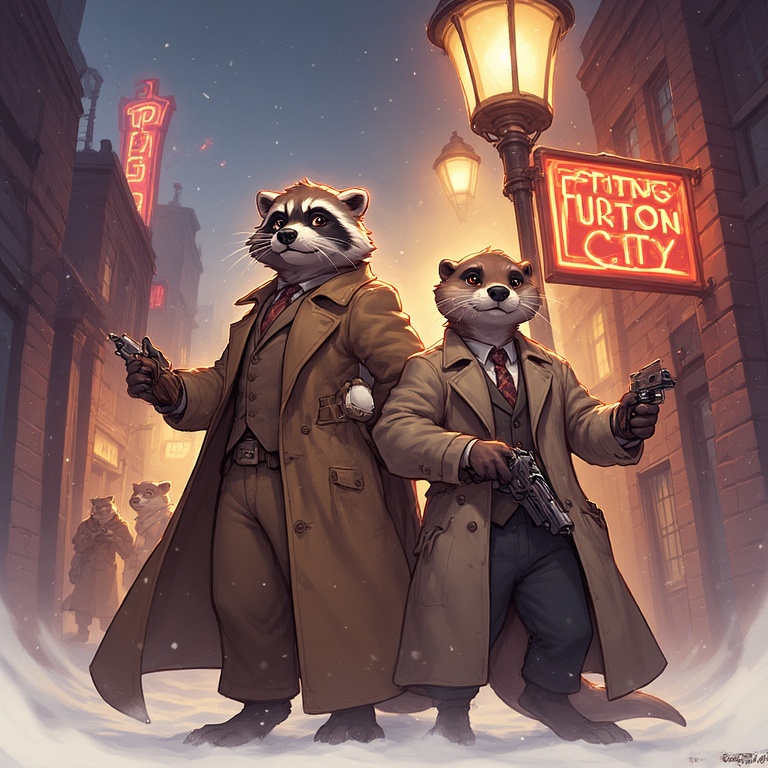
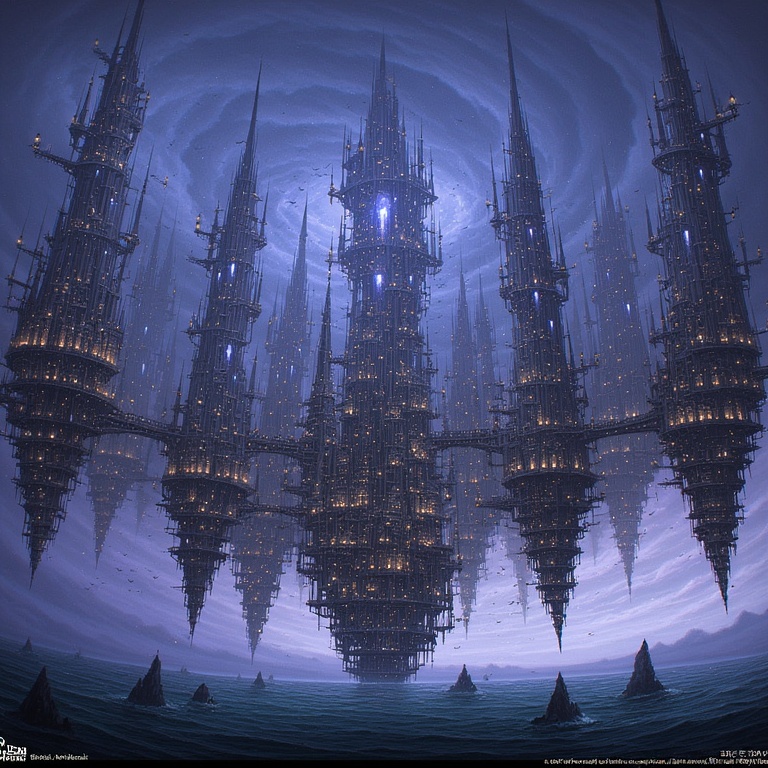
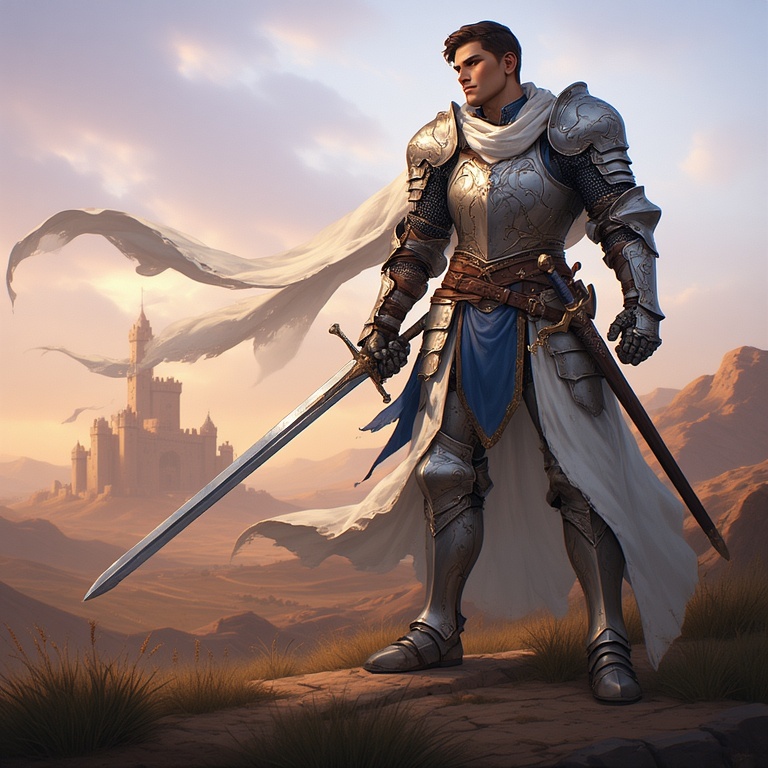
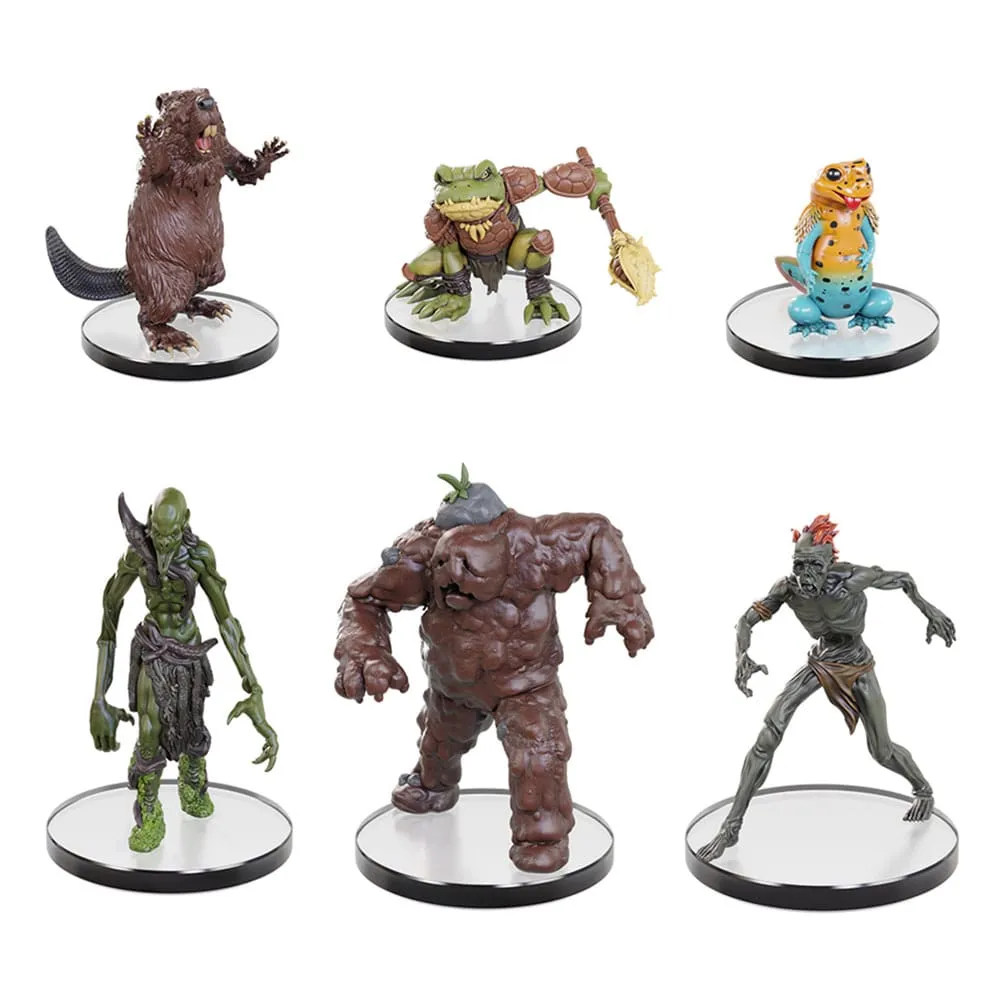
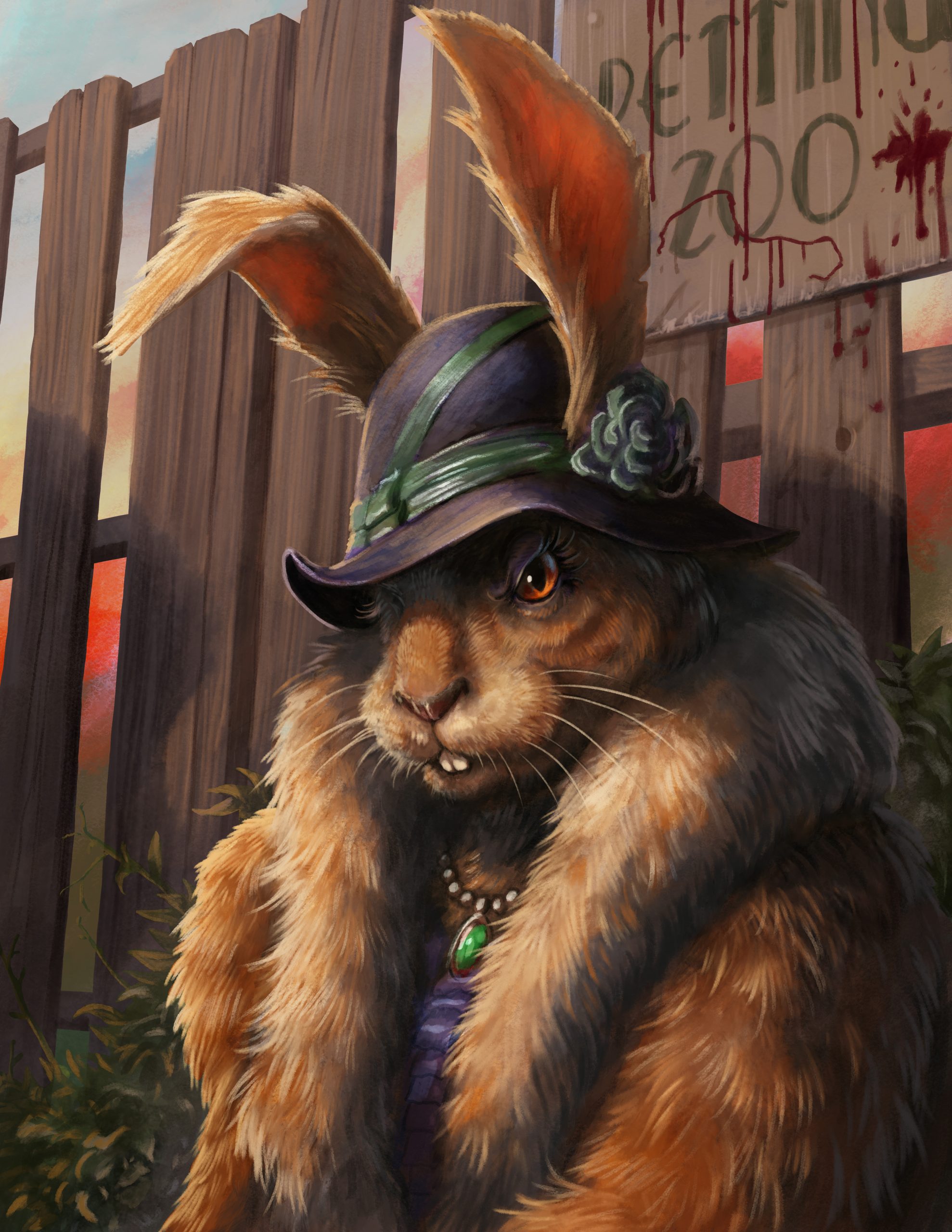
No Comments